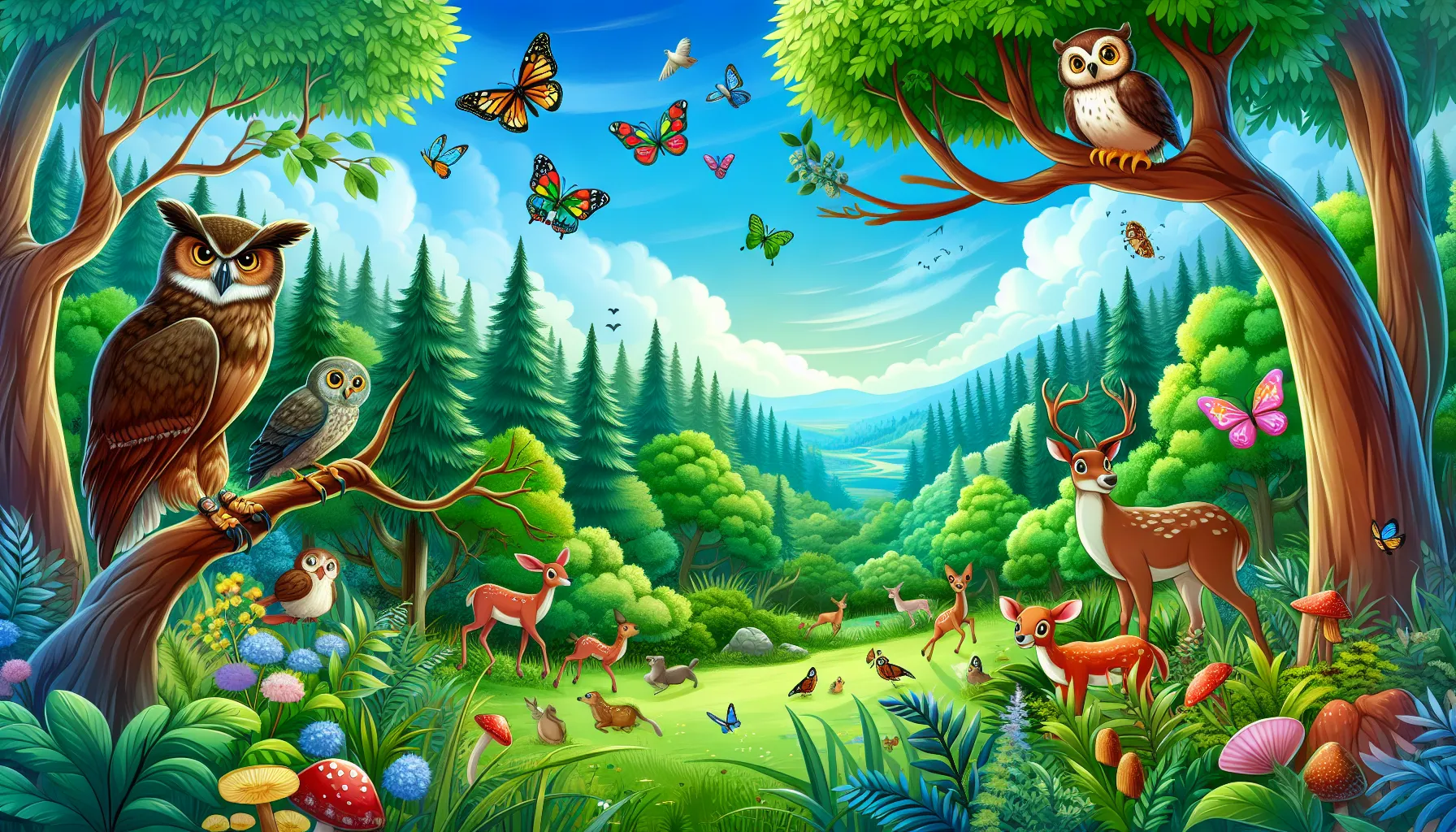Environmental Awareness in Children’s Books
In the quest to nurture environmental consciousness among the young, we’ve gathered insights starting with a recommendation from a CEO and Founder, who highlights ‘The Lorax’ as a pivotal tale of stewardship. Alongside expert opinions, we also present additional answers that delve into how storytelling can be a powerful tool for teaching sustainability. From the simplicity of picture books to the profound impact of narratives showing the consequences of human actions, here are six enriching recommendations.
- The Lorax: A Lesson in Stewardship
- Picture Books Simplify Ecological Concepts
- Anthropomorphism Enhances Nature Connection
- Narratives Inspire Environmental Stewardship
- Fictional Characters Model Sustainability
- Stories Show Consequences of Human Actions
The Lorax: A Lesson in Stewardship
I recommend ‘The Lorax’ by Dr. Seuss. Beyond its whimsical narrative, the book imparts a profound environmental message. The Lorax, guardian of the Truffula trees, articulates the importance of environmental stewardship. Through vibrant characters and poetic prose, it elucidates the consequences of unchecked greed, instilling in children a sense of responsibility and respect for the environment. This timeless classic serves as a catalyst for fostering eco-consciousness, encouraging young minds to become advocates for a sustainable and harmonious world.
 Himanshu Sharma
Himanshu Sharma
CEO & Founder, Academy of Digital Marketing
Picture Books Simplify Ecological Concepts
Children’s picture books are a gateway to understanding the environment by breaking down complex ecological concepts into basic elements that young readers can easily grasp. The illustrations often work hand in hand with the text to visually demonstrate the relationships within ecosystems, and how these systems can be disrupted by pollution or other harmful actions. The colorful pages help to connect emotionally with children, making the subject matter more memorable and engaging.
By simplifying these complicated ideas, books empower children to understand the importance of their own role in protecting the earth. Start a conversation with a child about what they can do for the environment today.
Anthropomorphism Enhances Nature Connection
In the realm of children’s literature, the practice of giving human characteristics to animals, plants, and other parts of nature is common. This storytelling technique makes the stories more relatable and enjoyable for young readers, encouraging them to forge a deeper emotional bond with the natural world. By seeing the world from the perspective of a talking animal or a wise old tree, children can better understand the interconnectivity of life and the importance of every creature and habitat on our planet.
When nature feels like a friend, children are more likely to grow up wanting to care for and protect it. Encourage a child to explore the outdoors and make friends with the world around them.
Narratives Inspire Environmental Stewardship
Narratives in children’s books that focus on environmental themes do more than entertain; they serve as inspiration for young minds to become stewards of the earth. These stories often follow protagonists who take positive steps towards conservation and resolve environmental challenges bravely. Through their journey, readers learn that they too can make a difference in preserving natural beauty and biodiversity for generations to come.
The empowerment gained from these tales nurtures a sense of responsibility towards the environment. Share a story with a child that highlights the importance of taking action for the planet.
Fictional Characters Model Sustainability
Children’s books with characters that practice sustainable living serve as role models for young readers, subtly teaching them how everyday choices can impact the planet. These fictional friends might ride bikes instead of cars, participate in recycling programs, or grow their own gardens. Through their actions, these characters demonstrate how a green lifestyle can be both fun and rewarding.
Kids who see positive behaviors in the stories they love are often inspired to emulate those same actions in real life. Find a book with a green hero for a child and talk about how they can be a hero for the earth too.
Stories Show Consequences of Human Actions
Many children’s books with environmental themes are designed to show the negative consequences of human activities on the planet. Throughout these stories, the chain reaction that starts with a single harmful act, such as littering or wasting water, is traced, highlighting the interconnectedness of human behavior and ecological health. By understanding the results of poor environmental choices, children learn the importance of making better decisions.
These narratives aim to teach young readers that their actions have power and that they can choose to protect our world. Help a child understand the importance of their choices for the environment.
Submit Your Answer
Would you like to submit an alternate answer to the question, “What book would you recommend to instill environmental awareness in children? Share its message.”
